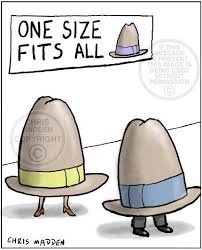The Sham and Shame of “Best Practices”

I posted this February 3, 2010. I have since made some changes in the post. Given the adoption of Common Core Standards in 45 states and the District of Columbia and the current emphasis on putting the standards into practice across thousands of districts, I felt that the phrase “best practices” needed another public scrubbing.
In medical practice, evidenced-based “best practices” have led the way t0 improved health care in the U.S., according to its champions. In the federal stimulus legislation, over a billion dollars was devoted to determining “what works and doesn’t” (President Obama’s words) in diagnosing and treating patients. Now that is serious money for a serious cause.
In education, “best practices” are continually laid out by policymakers, researchers, and media journalists as guides for school boards, superintendents, and teachers to follow in improving student test scores and building better schools. Recent reports lay out “best practices” on classroom management, professional development, and school working conditions that “can revamp classrooms and schools to close the achievement gaps and promote excellence in learning for all students.” For the federal “Race To The Top,” the U.S. Secretary of Education laid out four models of turning around chronically low performing schools. These models were drawn from “best practices” for
